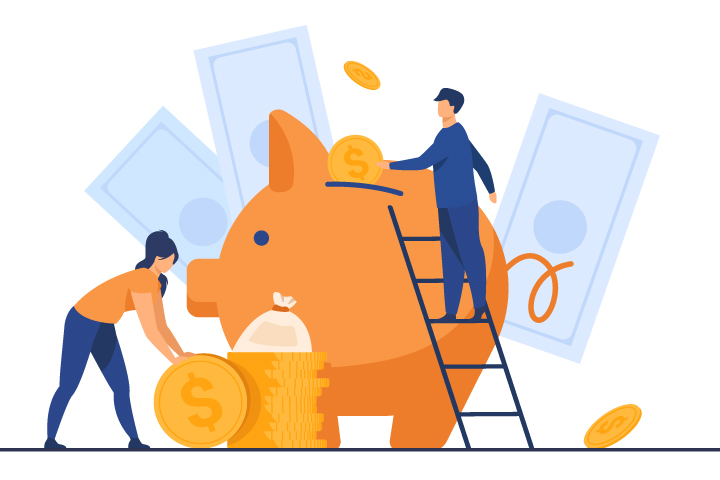
Fundraising for a startup business is not simple. For some businesses, the process of obtaining capital can take months or even years, while it can be finished in a matter of weeks or even days for other businesses. Many people try to raise money on their own, while others go to outside sources to satisfy their needs. This article will help you understand the various startup funding stages and how funding strategies function.

Pre-Seed Funding:
Bootstrapping is the term used to describe this phase. To put it simply, it refers to leveraging one's own resources to scale a startup. Startup founders invest their own money or savings and work to advance themselves in the most creative way possible. This operational phase is referred to as the ideation phase for startups.
Seed Funding:
The second round of startup investment is called seed funding. This round of funding assists a startup with reaching its first clients and funding the early phases of product development and marketing. Startups can get the necessary funds from seed funding to launch their businesses and lay the groundwork for future growth. Additionally, it can attract new talent or establish strategic alliances.
The funding for seed investment typically originates from angel investors or venture capitalists, and the amount raised can range from a few thousand dollars to several million.

Series A Funding:
By this time, the startup should have a viable product and a continuous source of income from customers. They should use the series A funding at this point to strengthen their value proposition. Startups will be able to enter new markets by utilizing this exceptional opportunity. In the Series A fundraising round, it is crucial to have a long-term profit plan. Many firms have brilliant concepts that can draw a lot of enthusiastic people, but they are unsure of how to long-term monetize them. In this stage, you should start to gain fundraising experience and start making connections with venture capitalists and angel investors.

Series B Funding:
The fourth level of startup financing is series B funding. This round of funding enables companies to grow their operations, boost income, and create new products or services. Due to the fact that investors are seeking a bigger return on their investment, the amount raised at this round is typically more than in earlier rounds. Series B funding rounds typically have a cap of $30 million.
Investors are now seeking proof that the company is on course to succeed and produce long-term returns. These investors are often established private equity firms or venture capitalists who desire a bigger say in the direction the business takes.
Series C Funding:
Scaling their businesses as soon as feasible would be the primary objective of firms that reach the series C funding level. These firms seek larger investments that will help them invent new products, expand into new markets, or even buy out other struggling startups in the same sector. Successful firms are joyfully funded by investors in the series C stage of the investment process. They are hoping to make a profit that exceeds their investment.
Series D Funding:
Few startups see the need to get to this level. The Series D investment level enables business owners to raise money for a special circumstance. For instance, a merger and/or if the company hasn't yet achieved its growth objective.
If a startup is thinking about a merger with a rival on amicable terms but hasn't yet gone public, series D funding might be something to think about. The Series D funding provides entrepreneurs with the most practical options, enabling them to address problems head-on by merging with another startup.
IPO: Stock market launch
The Initial Public Offering (IPO) is the last phase of startup fundraising (IPO). An initial public offering (IPO) allows investors to purchase shares of a private company's stock. Companies receive a significant amount of capital from this round of fundraising, which aids in their pursuit of growth goals.
Startups must show their potential for future growth and profitability as well as having a strong track record to be successful in IPOs. To be successful with an IPO, a company must also have a sizable client base and generate enough revenue.
To summarize:
The various startup funding stages mentioned above allow entrepreneurs to scale their firm at every step of their entrepreneurial journey. Through this evaluation process, they are able to determine where their firm stands and identify potential investors who will fund them in order to accelerate their growth.
Blog Categories
Recent Posts
No item found!
Connect
Subscribe
Please insert your API key for mailchimp.


